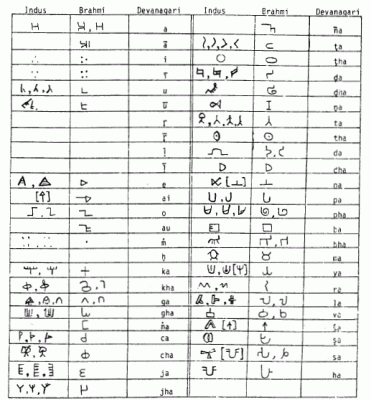
Excavations at Keezhadi, an archaeological site in Sivaganga district near Madurai, Tamil Nadu have brought to light significant details about the Sangam era. The report on the fourth face of the archaeology survey, undertaken at the site in 2018, was released by the Tamil Nadu Archaeological Department (TNAD) last month. It describes the findings are turning point in the cultural historiography of the ancient Sangam era.
As many as four phases of excavations have been carried out in Keezhadi, while the fifth one, which began in June 2019, is underway. The first three faces were conducted by the Archaeological Survey of India (ASI) and the fourth and the fifth phases are under the ambit of the TNAD.
In 2013-2014, the ASI begin exploration in Tamil Nadu, along the banks of the river Vaigai. More than 290 sites were identified in Theni, Dindigul, Madurai, Sivaganga and Ramanathapuram districts for excavation, Keezhadi, a village 12 km south-east of Madurai in Sivaganga district, was one of them.
In Keezhadi, the first phase of excavation begin in 2015. The site began yielding rich artefacts such as potsherds with Tamil-Brahmi inscriptions, deep terracotta ring wells, big storage pots, pots with spouse, decorated pots, white-painted black ware, black and red pottery and beads made of semiprecious stones. Further excavations at the Pallichanthai Thidal in Keezhadi pointed to an ancient civilisation that thrived on the banks of the Vaigai.
Major findings mentioned in the latest report
The Sangam area could be 300 years older than thought. Culture deposits on earth date back to a period between sixth century BCE and 1st century CE. This is the first time the date has been officially announced by the TNAD.
The Keezhadi site provides overwhelming evidence of the presence of an urban settlement. The artefacts suggest that urbanisation took place on the Vaigai plains in Tamil Nadu around 6th century BCE, making it contemporary to the Gangetic plain civilization. The discovery of brick structures with classical features such as platforms, ring wells, rectangular tanks, square tanks with extended structures, and channels vouches for the presence of an urban culture there.
Sangam people may have participated in recreational activities as many as 110 dice made of ivory have been unearthed.
The Keezhadi findings push back the date of the Tamil-Brahmi script to another century, i.e., 6th century BCE.
Fifty-six Tamil-Brahmin inscribed potsherds have been recovered from the site of excavation undertaken by the TNAD alone. These suggest that the residents of the Sangam era attained literacy or learned the art of writing as early as 6th century BCE.
There are also other markings alongside the Tamil-Brahmi symbols which apparently suggest a connection with the Indus Valley civilization. Artefacts with ‘graffiti’ or ‘markings’ establish a possible link between the scripts of Indus Valley Civilization and Tamil Brahmi, which is the precursor to modern Tamil.
Skeletal fragments of animals were used to predominantly for agricultural purposes.
Pottery specimens confirm that water containers and cooking vessels were shaped out of locally available materials.
Picture Credit : Google













 The Sangam period refers to a period in the history of ancient Tamil Nadu, Kerala, the southern parts of Karnataka and Andhra Pradesh, and northern Sri Lanka, spanning from sixth century BCE to first century CE. It is known for scholarly congregations in and around the city of Madurai. The period is considered the golden age of Tamil literature and culture as many of its epics were composed during this time.
The Sangam period refers to a period in the history of ancient Tamil Nadu, Kerala, the southern parts of Karnataka and Andhra Pradesh, and northern Sri Lanka, spanning from sixth century BCE to first century CE. It is known for scholarly congregations in and around the city of Madurai. The period is considered the golden age of Tamil literature and culture as many of its epics were composed during this time.